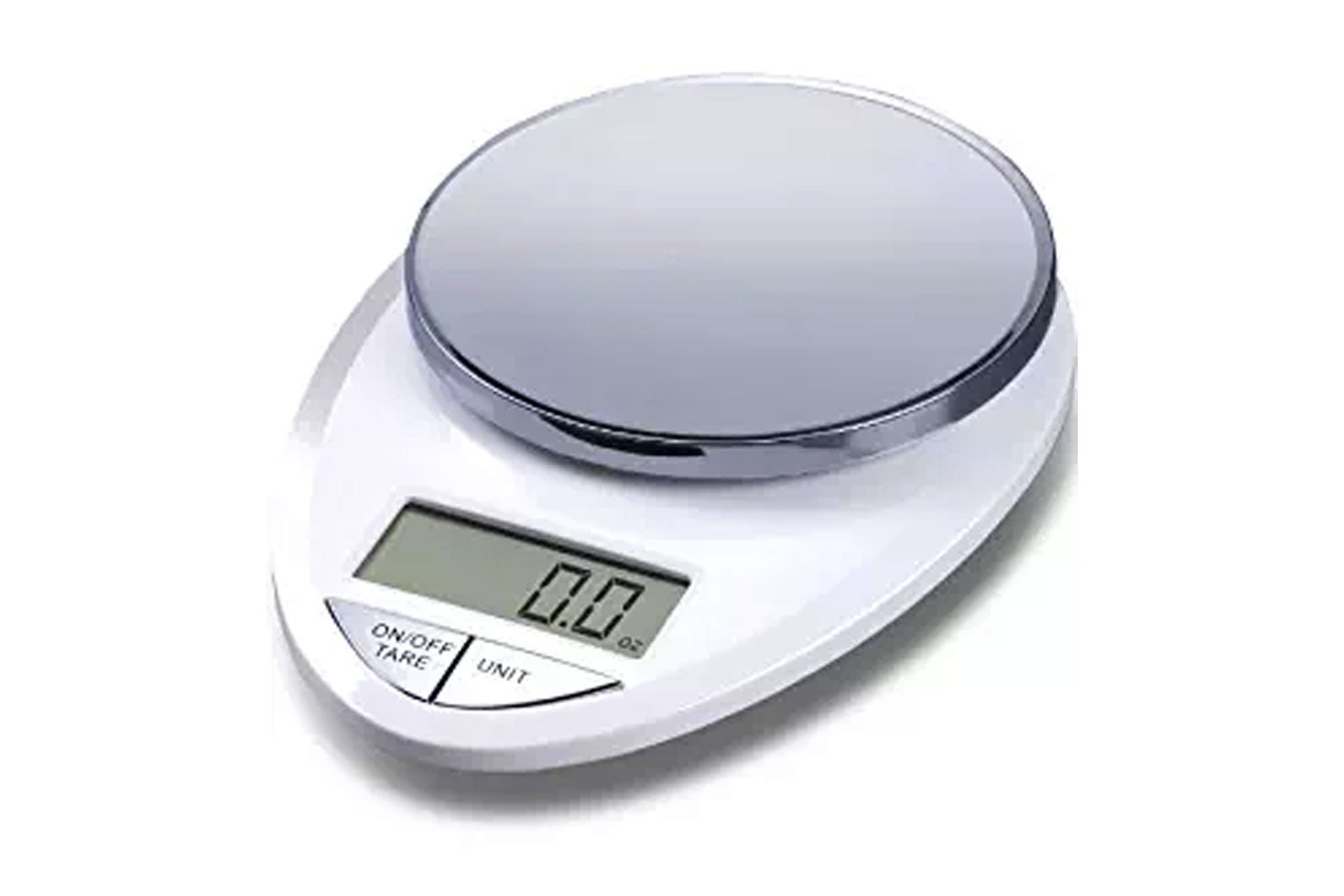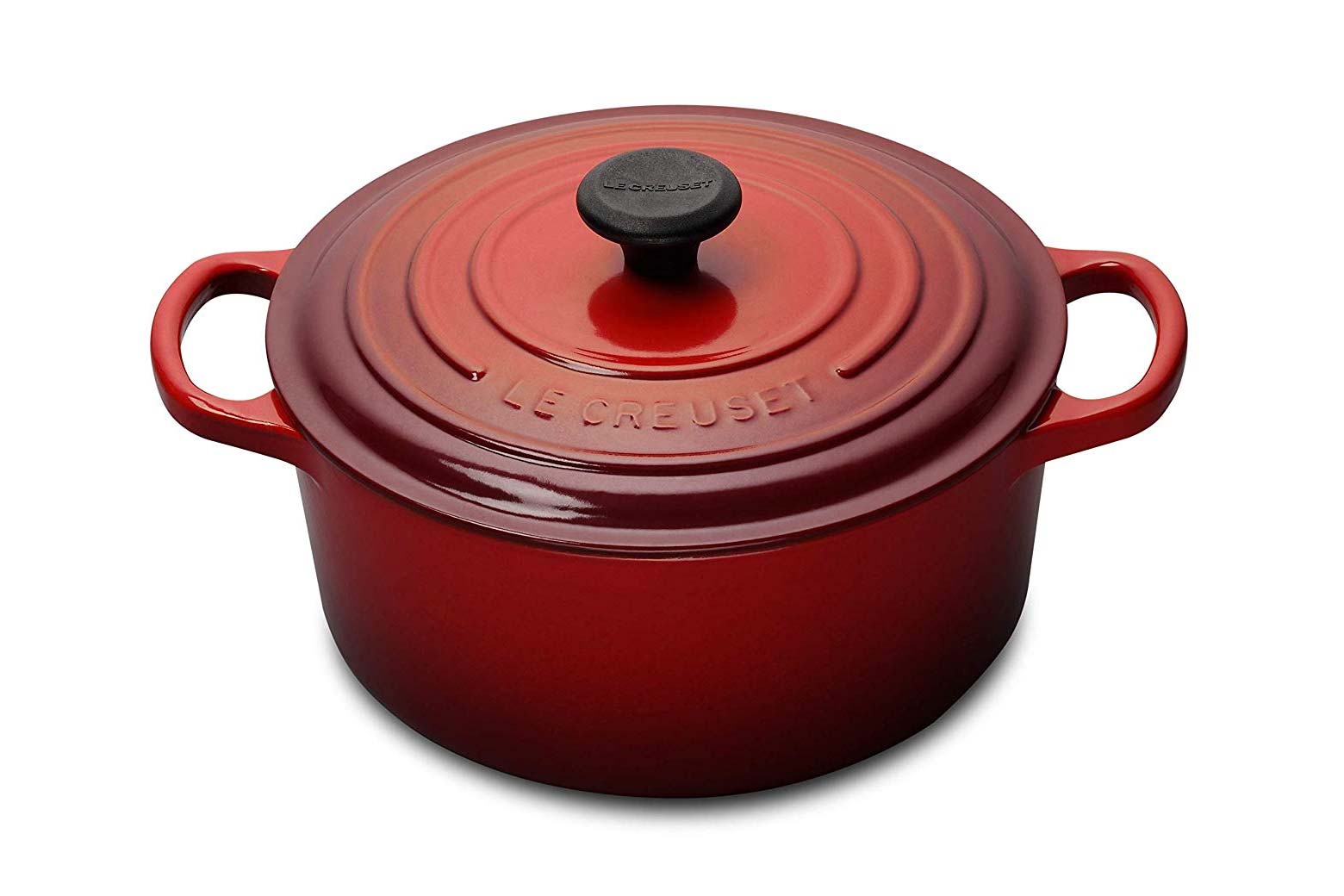Read more from Slate’s Cheapskate’s Guide to Hobbies. Looking to get in shape? Take up running. In search of inner peace? How about yoga? Seeking something to do with your hands to stay off your phone? Try sashiko, a simple, ancient Japanese needlecraft.
Americans don’t eat bread like they used to, but you wouldn’t know it from Instagram, where more than 11 million photos have been uploaded with the hashtag #bread. It may surprise you that bread—one of humans’ most basic, ancient concoctions, a byword for humble simplicity—is such a star (with more hits than #bacon or #beef). But much like the people who post it, bread on Instagram is always looking its best: focaccia with mounds and valleys like hilly country seen from a plane; before-and-after photos showing the power of oven spring, as a ball of raw dough blossoms into a crusty loaf; and cross sections of sourdough with crumb so open you could hardly butter a slice.
They say millennials have plants instead of kids, but some take to sourdough baking too. It’s like gardening in that it takes forever and produces something you could have bought in a supermarket for pocket change, whose quality has been determined by any of a dozen unknowable factors, some beyond your control. But there is magic in a fresh loaf of bread.
I like to eat bread, and after seeing all those beautiful loaves on Instagram, I wanted to bake it too. I took a two-hour class that armed me with a sourdough starter—the live yeast colony that distinguishes sourdough from bread made with store-bought yeast—and I was off. (You can also make starter yourself, but I recommend swiping one from a baker if possible.) The classic sourdough requires no more than four ingredients, and little more equipment than a few big bowls and an oven. And if you screw up, you’ll have croutons.
Some new bakers—like these tech-sector hobbyists—see sourdough as a field for mastery. They keep extensive records, tinker like chemists, and indulge in expensive equipment. Recipes annotated down to the minute. Starters monitored with computer vision. This is not my culture. If I have to run an errand after work, the dough is going to proof for another two hours. And if the air is warmer than usual, well, it is what it is. I’m not going to take apart the radiator for toast.
There’s just one problem with this relaxed approach: Like all hobbies, bread baking often comes with a recommended list of purchases that can run into the hundreds of dollars.
It’s hard out there for a casual hobbyist. The list of supplies alone can be enough to dissuade participation. How are you supposed to know if you like doing something until you’ve tried it a few times? If you know yourself as a dabbler—the kind of person who might try something for a few months and then give it up—you start to resent the dusty artifacts of hobbies past. I was particularly wary of spending big to make bread, which in its finest form almost never costs more than $10. But baking bread, whether sourdough or something simpler, can be the perfect cheap hobby—if you allow yourself to cut a few corners.
Not all the corners. The first time I tried to make bread, I hadn’t bought a scale, so I apportioned out 100 grams of water and tried to approximate 100 grams of flour by seeing what felt like the same weight in my hands. The bread was dense and gummy.
I have a scale now. And yet, a few dozen loaves in, I’ve largely managed to avoid spending much money to bring my tools up to snuff. I’ve certainly steered clear of luxury items like Nathan Myhrvold’s Modernist Bread (1,200 recipes, 2,600 pages, one stainless steel case), and the $219 home flour mill recommended by Wired’s “Gear You Need” to make bread a few years back.
I’ve also avoided my fair share of the basics, like bannetons, a dough scraper, and a lame. Williams Sonoma sells a purpose-built black walnut lame to score the dough before baking for $35, but I am skeptical it would much improve on the results I get with a 99-cent pack of razor blades from the hardware store. And while I’d love a persimmon KitchenAid Stand Mixer, I’ve enjoyed kneading the dough by hand and don’t see the bread suffering for it. (Some bread recipes might demand a more vigorous treatment.) I did finally buy a coiled wooden banneton to proof the loaves, but I can’t tell the difference between bread that proofed in the basket and bread that proofed in a plastic strainer. I’ve also gotten by using a straight-edged metal spatula to do the job of a bench knife, which you need for scraping wet dough off the cutting board, and a regular baking sheet instead of a baking stone beneath the loaf to protect it from rising heat.
How’s the bread? Pretty good, I think, and I’ve been at it long enough that I think people would tell me if it wasn’t.
Now, I’m not claiming the bread wouldn’t be better with state-of-the-art tools. Surely it would. I am suggesting you can develop a hobby making passable (great, even!) sourdough without filling a shopping cart or emptying your bank account. I did. Several months in, right as the pleasure of MacGyvering my way to a homemade grilled cheese starts to fade, I’m thinking about shelling out for some quality stuff (hello, mixer) with the confidence it will get used.
This stuff has already served me well:
Sourdough: Recipes for Rustic Fermented Breads, Sweets, Savories, and More by Sarah Owens
Yes, you could use your phone to look up recipes, but your hands are going to be covered in flour, and you may find the internet’s reservoir of conflicting bread opinions provides more information than you want. Go with Owens’ delightful cookbook instead. She walks you through sourdough baking from the very beginning to the final, crispy crust.
Trudeau Melamine Mixing Bowls
Baking requires many bowls with large amounts of flour and water to be added at different times, and these will do the job just fine. Down the line they can double as proofing baskets—or as mentioned above, a plastic strainer will do.
Trudeau Melamine Mixing Bowls
Baking requires many bowls, and these will work well.
EatSmart Precision Pro Digital Kitchen Scale
There’s no shortcut here—you need to know how much your ingredients weigh to make bread. More complicated recipes like Owens’ Lumberjane Loaf will disappoint you if you eyeball inputs. And with any bread recipe calling for you to weigh ingredients, take note: A tablespoon of Morton’s can weigh twice as much as a tablespoon of more delicate salt crystals.
EatSmart Precision Pro Digital Kitchen Scale
A scale is a must-have for bread baking.
Razor Blades
You need to slice open the top of a sourdough loaf to prevent it from a messy burst as it rises in the oven. A sharp blade is essential—a fancy new tool, not so much.
Cuisinart Bread Knife
You will ruin the presentation if you have to hack away at a freshly baked loaf with a terrible knife. This serrated blade does the job at a fraction of the cost of its high-end German rivals.
Le Creuset 5½-Quart Round Dutch Oven
OK, it’s not cheap, but the easiest way to get a loaf with a nice crust is to bake it in a Dutch oven. I wouldn’t get this fancy one exclusively for making bread, but if you’re in need of an excellent large pot you’ll have forever, bread is just one of a dozen things this pot is very good at. If you don’t want to shell out for this, you can try cheaper models from Lodge or Scanpan.
Slate has relationships with various online retailers. If you buy something through our links, Slate may earn an affiliate commission. We update links when possible, but note that deals can expire and all prices are subject to change. All prices were up to date at the time of publication.






